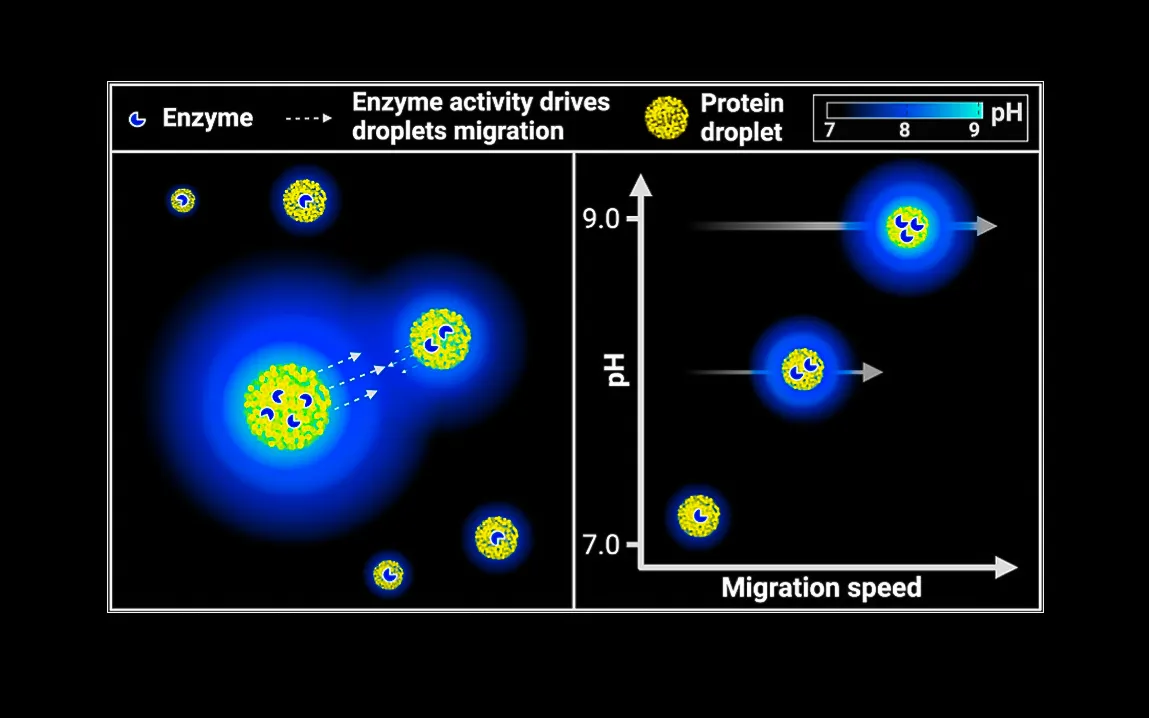The revelation of this mysterious phenomenon of fluid mechanics has brought scientists to finally solve the enigma that remained unsolved by them for many decades. In addition, the discovery might make changes in medical science and the environment. Now, after having solved this long-standing mystery revolving around the enigmatic way a fluid acts upon being tugged by surface tension, it may open new aspects in fluid dynamics.
The mystery was rooted in an unusual phenomenon that occurs when surfactants-substances that alter the surface tension of liquids-are introduced to fluids in motion. While the behavior of simple fluids has been well documented for years, surfactant-driven fluids have proven to be far more complex and difficult to predict. The term “surfactants” refers to a group of substances very common in soap and detergent that reduce the surface tension in certain areas of the liquid, making it flow strangely and usually unpredictably. This behavior has intrigued scientists and engineers for years, particularly because it occurs in environments where precise fluid control is crucial.
Equally impressive, perhaps, is what takes place when surfactants are applied to confined or networked fluids, say, in the airways of the human lung or in complicated industrial systems. It was in detailing the exact dynamics of just how these surfactants were interacting with the fluid and the nature of the flow changes induced by the surface tension gradients they formed that the breakthrough of the researchers lay.
For context, this “Marangoni effect” is the rather well-understood tendency of a fluid to flow from areas where the surface tension is lower than in surrounding areas. The team’s work picked up where those studies left off, but their twist was seeing something entirely unexpected. They did not see simple, uniform flows when surfactants were present. Instead, they form intricate patterns that propagate in unexpected ways, as if a liquid were navigating a maze. This can have wide ramifications in applications that rely on controlled fluid flow, including drug delivery, water filtration, and even in manufacturing high-tech materials.
The research team studied the behavior of liquids under high-resolution imaging and used advanced fluid simulations once surfactants were introduced into their study. What they observed was a new class of behaviors never documented in the fluid dynamics research: intricate networks created by the transport driven by surfactants, which had previously not been able to be detected due to a lack of precise tools that could capture such minute changes. These findings show that, under certain conditions, fluids can also behave like highly complex systems, such as the flow of air in the lungs or the transport of nutrients in plants.
This discovery could highly improve medical treatments, especially treatments concerning respiratory and drug delivery systems. The ability to control the flow of a liquid within a network of confined spaces might enable far more effective methods of medicating patients, whether through inhalation into the branching airways of the human lung or novel methods for treatment of diseases such as lung disease or more efficient delivery of complex drugs like chemotherapy.
From an industrial point of view, this research opens a whole new door for better fluid management mechanisms. The principles that may be revealed could be applied to processes in manufacturing that involve the exact motion of liquids. Whether optimizing cooling systems in power plants or enhancing liquid transportation efficiency in pipelines, the ability to manipulate surface tension gradients may offer sustainable and cost-effective solutions across industries ranging from energy to food production.
This breakthrough also holds promise in the realm of environmental science. For instance, understanding how surfactants interact with water in natural systems can help reduce the effects of oil spills or develop better methods for water purification. By controlling how these fluids move through natural and artificial networks, researchers may devise new and improved ways to address demanding environmental challenges, such as cleaning contaminated water bodies or enhancing filtration systems.
This work was led by a few physicists and engineers, some of whom collaborated across the institutions. These were driven by the dream to understand the intriguing dynamics of complex fluid systems as a contribution toward the bigger quest for understanding at least something of the mechanics of fluids. Apart from the obvious advance in knowledge concerning surfactant-driven transport, their work epitomizes the power of interdisciplinary collaboration in the solving of some of the most challenging problems facing science.
This is a big milestone within the platform of fluid mechanics, as it brings forth new understandings of the behaviors that fluids may exhibit under given conditions. With such findings, the amount of possible applications can be overwhelming and may foster innovation in manifold aspects, ranging from health to environmental sciences. With the researchers continuing to dig deeper into these fluid dynamics, even more breakthroughs are bound to emerge that will further improve our capability for manipulating and controlling fluids in both natural and engineered systems.
This solution to the mystery of fluid mechanics is a great stride forward in scientific discovery, with revolutionary implications for many industries. This new understanding of the physics behind how surfactants drive fluid transport opens exciting possibilities to improve drug delivery systems, refine industrial processes, and find solutions to many of the most pressing environmental challenges across the world. Further development of this research is likely to spur more innovation and answer complex real-life issues; thus, it is a breakthrough worth celebrating.



